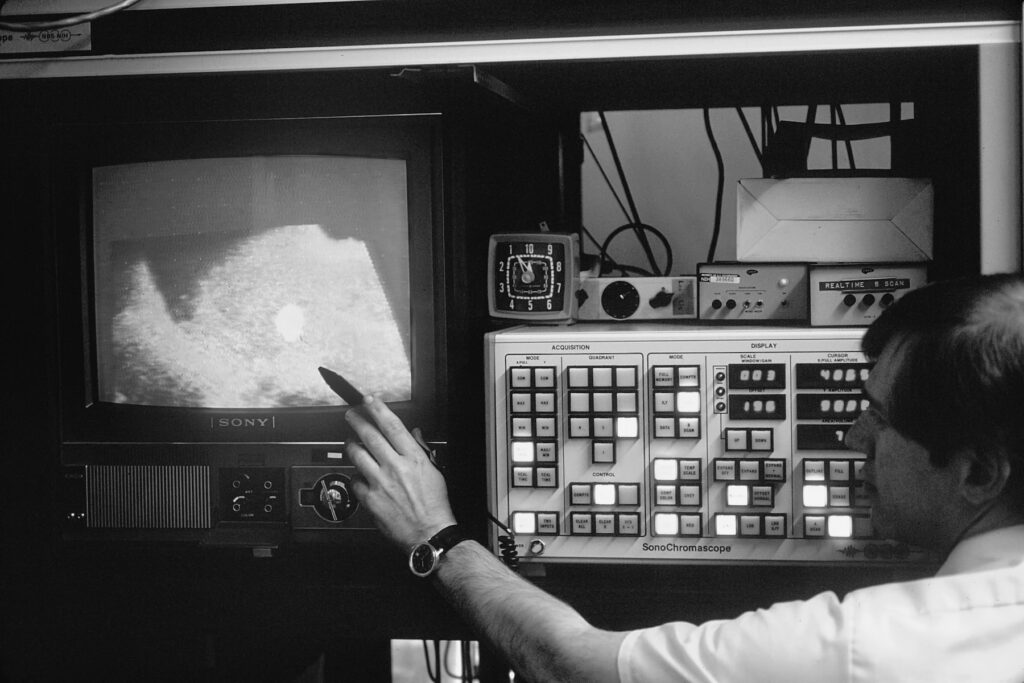![The ‘Giveaway Piggy Back Scam’ In Full Swing [2022]](https://www.cjco.com.au/wp-content/uploads/pexels-nataliya-vaitkevich-7172791-1-scaled-2-683x1024.jpg)

Revolutionizing AIS Detection: Harnessing AI & Deep Learning Models for Early Diagnosis & Monitoring

As Seen On
Unveil the latest developments in AI and Deep Learning Models that promise to transform the early detection and monitoring of AIS, creating a hassle-free, effective, and less harmful alternative to traditional X-rays. Dive into the world of the AlignProCARE program and its potential future in AI-powered AIS diagnosis.
Androgen Insensitivity Syndrome (AIS) Overview
Androgen Insensitivity Syndrome (AIS) is a genetic condition affecting sexual development. While most individuals with AIS have the physical appearance of a female, they may genetically be male. AIS is often undiagnosed, resulting in delayed treatment and unnecessary harm. Timely detection of AIS is crucial for patient well-being, but conventional methods can pose their own health risks, primarily due to X-ray usage, which increases radiation exposure.
The Role of AI in AIS Detection
Traditionally, multiple X-rays taken in different positions are necessary to assess and monitor the progress of the syndrome. This detection technique, although efficient, comes with health risks associated with radiation exposure and is not favorable in the long run especially for young patients.
Enter, the emergence of Artificial Intelligence (AI) in Healthcare, specifically, deep learning models, which are superior in analyzing medical conditions and providing valuable insights for diagnosis and treatment. AI in Healthcare has been revolutionized by the innovative AlignProCARE application, specifically developed to assess the severity and progression of AIS in patients.
AlignProCARE: An AI-Powered Solution
AlignProCARE has been designed to extract ideal parameters in order to assess the severity and progression of AIS, without the need for X-ray radiation. The system was trained using a data set of more than 10,000 images and data from patient records, and it consistently achieves high accuracy scores in testing.
Recent research studies indicate that AlignProCARE’s performance is on par, if not superior, to spine surgeons when it comes to AIS detection and progression assessment. The results are encouraging, showing that AI models can augment the abilities of experienced spine surgeons, enabling better early diagnosis, monitoring, and treatment decisions.
Benefits of AlignProCARE
Additionally, AlignProCARE entails multiple benefits such as its mobile compatibility, which allows patients to take a picture and upload it directly to the platform from anywhere. Not only does this improve accessibility and convenience for the patients, but it also means that AIS monitoring is cost-effective and can reduce radiation exposure significantly.
The Future of AIS Detection
The real feat of deep learning models like AlignProCARE is in recognizing patterns in unstructured data, like images, and providing clinically relevant information. Moving forward, AI models are anticipated to classify types of spine curvature from a single picture effectively, which will be a huge step forward especially for people with limited access to experienced spine surgeons.
Conclusion
Undoubtedly, we are witnessing a significant shift in AIS detection and monitoring, trading in traditional, harmful X-ray methods for sophisticated, AI-powered tools. As the role of AI in AIS detection becomes more prevalent, substantial enhancements in patient care, diagnosis, and overall spine health can be expected.
In conclusion, the potential of AI and deep learning models in revolutionizing AIS detection is enormous. As AI algorithms evolve, so will our ability to diagnose and manage medical conditions, leading to beneficial breakthroughs for patients across the globe.
Stay in the loop with such enlightening findings in the AI in healthcare sector – encourage everyone to subscribe to our newsletter, join the AI community, and access the original research paper through our portal.
The revolution in AIS detection hints at a future where AI and deep learning models continue to innovate and transform healthcare as we know it. Stay tuned for more.
Meta Description: Unveil the latest developments in AI and Deep Learning Models that promise to transform the early detection and monitoring of AIS, creating a hassle-free, effective, and less harmful alternative to traditional X-rays. Dive into the world of the AlignProCARE program and its potential future in AI-powered AIS diagnosis.
Social Media Teaser: Discover the future of early AIS detection & monitoring in our latest blog post. Unveil the power of deep learning models and the groundbreaking implications of the AlignProCARE program. Stay ahead of the curve in AI healthcare developments.
Casey Jones
Up until working with Casey, we had only had poor to mediocre experiences outsourcing work to agencies. Casey & the team at CJ&CO are the exception to the rule.
Communication was beyond great, his understanding of our vision was phenomenal, and instead of needing babysitting like the other agencies we worked with, he was not only completely dependable but also gave us sound suggestions on how to get better results, at the risk of us not needing him for the initial job we requested (absolute gem).
This has truly been the first time we worked with someone outside of our business that quickly grasped our vision, and that I could completely forget about and would still deliver above expectations.
I honestly can't wait to work in many more projects together!
Disclaimer
*The information this blog provides is for general informational purposes only and is not intended as financial or professional advice. The information may not reflect current developments and may be changed or updated without notice. Any opinions expressed on this blog are the author’s own and do not necessarily reflect the views of the author’s employer or any other organization. You should not act or rely on any information contained in this blog without first seeking the advice of a professional. No representation or warranty, express or implied, is made as to the accuracy or completeness of the information contained in this blog. The author and affiliated parties assume no liability for any errors or omissions.

